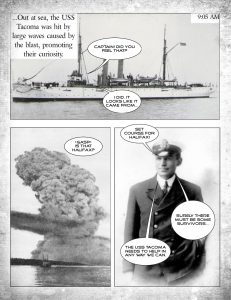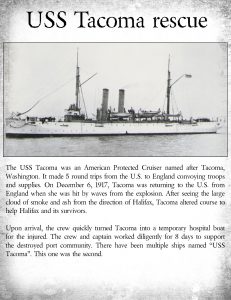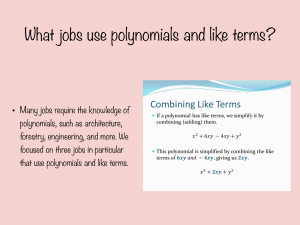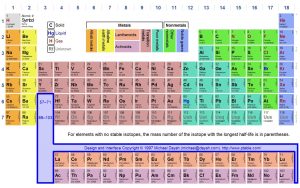Blue sky has come and gone, and its almost the end of the year. Do I need to remind you of the rules of blue sky or should I just link you to my previous post?
This year, I made something I’m really proud of. I made the SleepyMcSleepwell, an inflatable pillow. the idea was to help with many kinds of sleep problems. I know pillows already do this, but i combined a whole bunch of ideas into one (or two, i didn’t have time to connect them). They’re inflatable so you can have whatever firmness of pillow you want. If you want a firmer pillow you can. If you want a softer pillow, you can.
DRAFT 1
Draft one was a simple drawing. You can see that the head pillow has a divot or valley for your head. Your head goes in the valley, and the valley walls support your neck. If you didn’t want/need a neck pillow, you could just flip it over and have a regular pillow. Attached to the side is a body pillow if you’re a side sleeper like me. Resting against the body pillow helps with spinal alignment, and is just more comfortable.
DRAFT 2
This is just a proof of concept for the head pillow, and its not very good. I took a bike inner tube and stitched fabric around it. The point was to get an idea of what I could do for DRAFT 3. For the head pillow, a bike tire might have worked, but I certainly wouldn’t have worked for the body length pillow. Having 4-5 bike tires all needing to be separately inflated would have been bad.
DRAFT 3
For draft 3 my dad found some heat-sealing plastic that we used to make the bladders. We just used a waxing iron to seal the plastic, and we made chambers so the pillow didn’t bulge out as much. At first, we had problems with the seal around the valve not holding. The valve was made of a different kind of plastic, and the glue stuck to either one or the other. So we taped it. After the chambers had been made, we wrapped some pillow material around the chambers, sewed it to itself, and put the two pillows in a pillow case.
EXHIBITION DAY
For exhibition day, we were put into 6 groups based on the grade 10’s projects. I was in the Physical Health Group, and we were in the PLP room. We had two sections, physical activity and medical, and I was in the medical section.
INTERVIEW
We all had to get an interview with a person who knew a lot about our topic. I got an interview with a woman named Denise james, a friend of my aunts who works at sleep country Canada. Admittedly, I sent her the email a bit late, but thankfully I got a reply the next day.
(Photo)
(Photo)
(Photo)
During this project I learned a lot about two things; time management and building with less than ideal materials. This project should have been assigned a week or two earlier, or spent less time on stuff that was unnecessary to the actual project. Because we had much more limited time, I needed to work on blue sky for a couple hours each day. The materials didn’t help much either. Building a pillow with packaging plastic? Ridiculous for anybody not in PLP. Or maybe im crazy an there was a much better way to do it.

























































